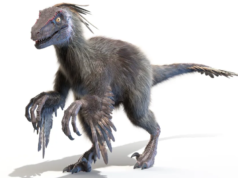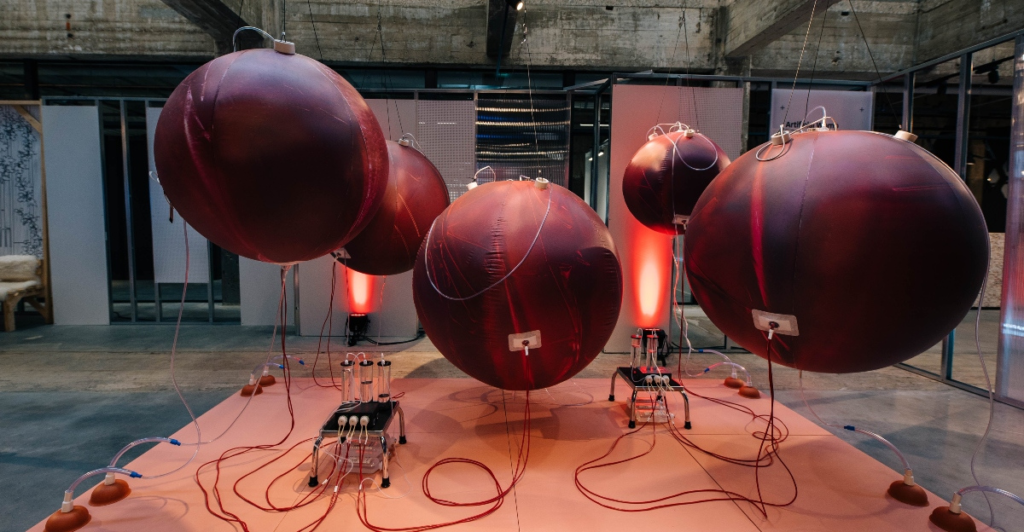
Envision a world where extinction is reversible. Scientists made the breakthrough, cultivating a Tasmanian tiger embryo half-developed in an artificial womb. This landmark feat, spearheaded by Colossal Biosciences, brings us one step closer to possibly witnessing the thylacine, declared extinct in 1936, roam the Earth again.
The project involves the most cutting-edge genetic editing and artificial womb technology, a giant step toward de-extinction. Although the embryo is incomplete, this brings new hope.
This ground-breaking research not only represents the resurrection of a dead species but also opens up the possibility of rescuing animals threatened by extinction through the same technique, enabling science to rewrite the book on extinction.
Understanding the Thylacine
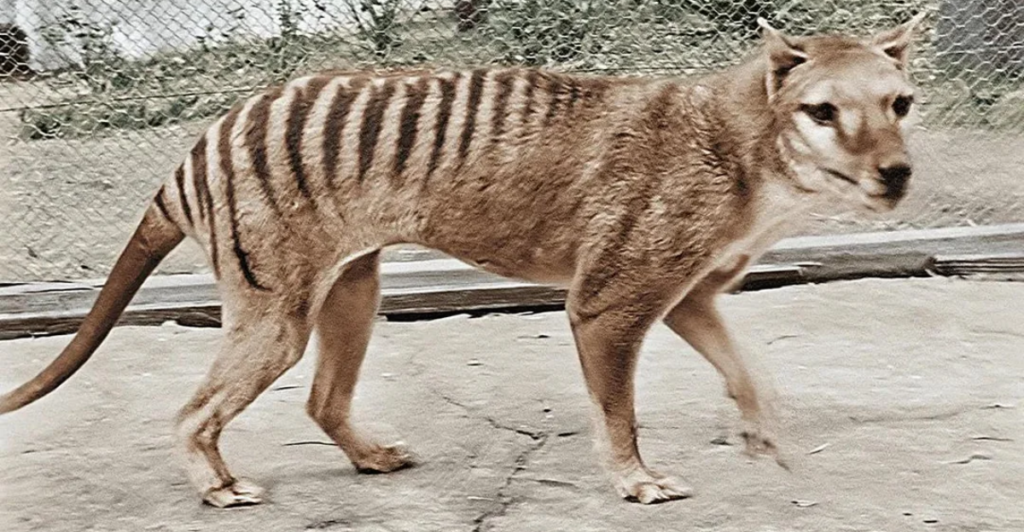
The thylacine, also known as the Tasmanian tiger, was a distinctive marsupial that was native to Australia and Tasmania. Despite its name, it wasn’t a cat, but it more closely resembled a striped dog, especially along its back.
Thylacines were carnivores, had a kangaroo-like pouch, and both males and females carried young. They played a crucial role in their ecosystem, feeding on small mammals, but their extinction in the early 20th century was caused by overhunting, habitat destruction, and disease.
The last thylacine kept in captivity perished in 1936. Bringing this creature back is not a throwback effort; it’s an endeavor to restore equilibrium and diversity.
The Science Behind De-Extinction
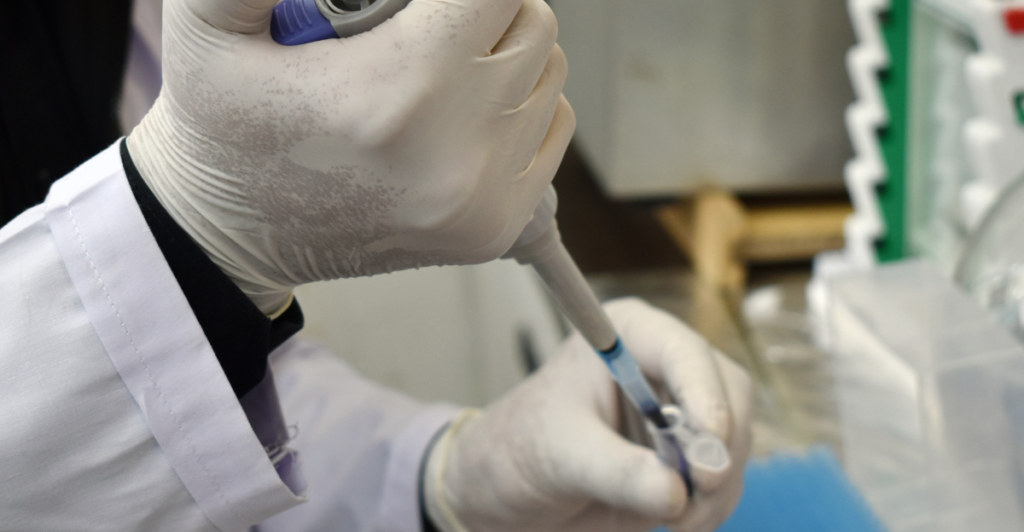
De-extinction, or the revival of extinct creatures, is a complex process of genetic engineering. First, scientists extract DNA from museum specimens of the extinct animals. For the thylacine, DNA in a specimen was used to start constructing its genome.
The genetic data is matched against the genome of a related creature—the fat-tailed dunnart, a small marsupial. When the most important genes responsible for thylacine characteristics are found, scientists apply gene editing tools to insert those characteristics into the dunnart’s genome.
The final step is to implant the edited embryo into an artificial womb and mimic natural environments to allow growth. This daring project is moving us toward resurrecting species.
The Role of Artificial Wombs
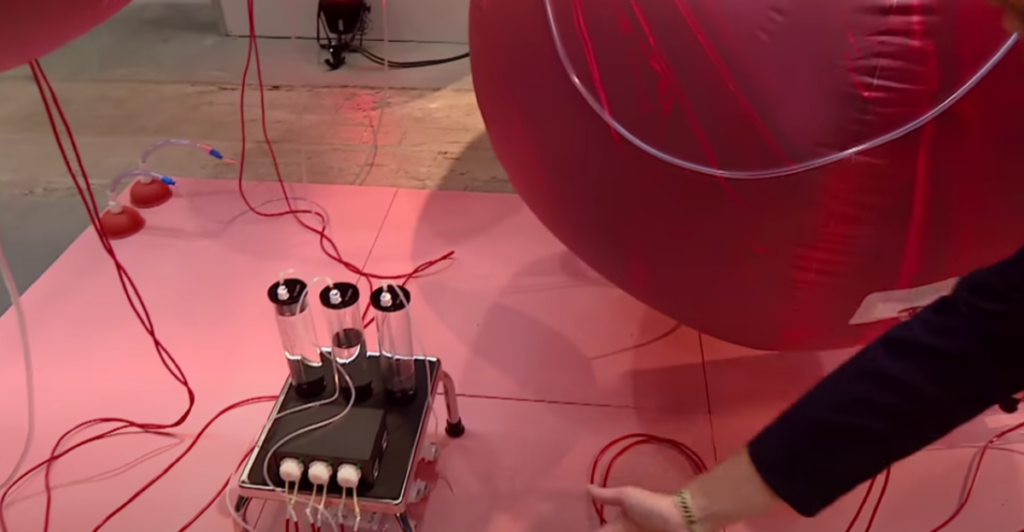
Artificial wombs are also central to the de-extinction process as they enable scientists to incubate the embryo within carefully controlled environments. The sophisticated machines will offer a clean, controlled environment in which the embryo will grow without a surrogate mother.
Artificial wombs will replicate as much as possible the marsupial womb environment and control crucial parameters such as temperature, oxygen, and nutrients.
In the thylacine, these artificial environments offer embryo growth for half of its gestation period, supporting a key part of the whole de-extinction process. It has vast potential, not merely for bringing extinct species back, but even to protect those endangered by extinction since it allows breeding to take place in low-numbered populations.
Ethical Considerations

De-extinction technology and species resurrection raises an array of ethical issues. While the idea of reviving legendary animals such as the thylacine may be romantic, it has serious issues as well.
One of those concerns is whether it is ethical to bring back an extinct species, especially if the reason for their extinction—e.g., deforestation or hunting—is present today as well. A second ethical concern is the well-being of de-extinct animals. Would they struggle in modern environments that could be profoundly foreign to the ones they had once known?
In addition, some argue that money could more wisely be spent saving currently threatened species than attempting to revive those already lost to the ages. It’s important to weigh hope against caution in these pioneering efforts.
Potential Ecological Impact
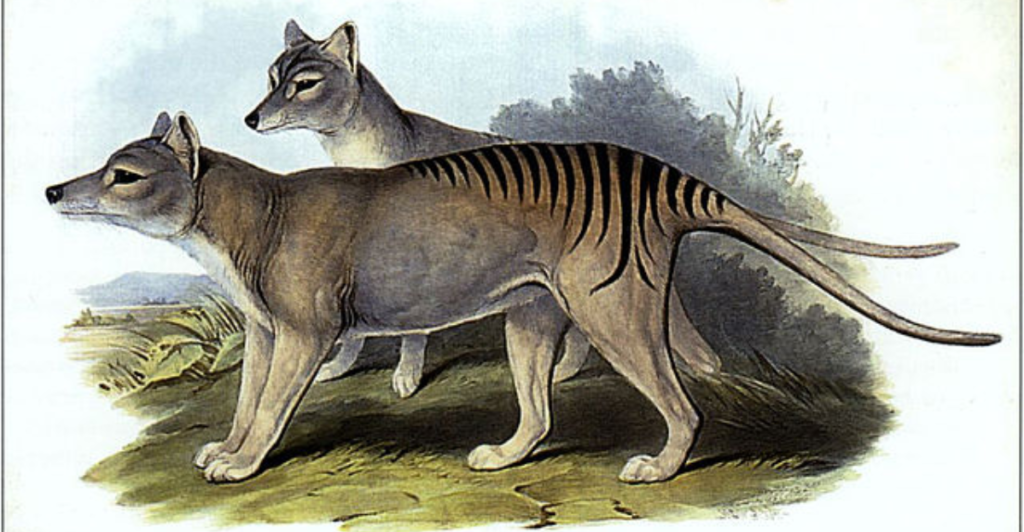
The possible ecological effect of reintroducing the thylacine is enormous, and it raises fundamental questions about the balance of ecosystems. Thylacines, being predators, maintained numbers of smaller animals in check.
Reintroduced, they could restore ecological balance, keeping herbivores in check from overgrazing and lessening pressure on plant life. But ecosystems have evolved since the extinction of the thylacine, and reintroducing a top predator could disrupt existing species relationships.
For example, prey species which coexisted with the thylacine previously may no longer be attuned to its predator role. The potential ecological role of the thylacine must also be investigated thoroughly to prevent unintended outcomes. An intensive ecological study will be required to carry out this effort responsibly.
International Conservation Implications

Reintroducing the thylacine would have significant implications for international conservation. Proving that extinct species can be reintroduced, this discovery could lead to further efforts to resurrect other extinct species, such as the woolly mammoth and the passenger pigeon.
Artificial womb technology and genetic engineering could provide an additional chance for the conservation of endangered species as well. By maintaining species at risk of extinction to reproduce in captivity, it might grant time for populations in nature to get better.
The ability to bring back extinct species could become a vital tool to employ against biodiversity decline but should be considered very carefully on whether to do it and how best to go about securing a good outcome.
Public Perception and Support

The reaction of the public to de-extinction is mixed. Some are thrilled at the prospect of beholding once-lost species, such as the thylacine, on the planet once more. The fascination in reintroducing such animals stems from a sense of nostalgia and awe.
There are, however, worries regarding the ethical and environmental implications, coupled with the allocation of resources. Public education and transparency will be crucial for the success of de-extinction programs.
Transparency on the science, risks, and benefits will provide a basis for informed debate. Public acceptance will be achieved by alleviating fear, explaining methods used, and showing how efforts fit into greater conservation objectives. The public can play no bigger role in deciding the future direction of such programs.
Future Prospects
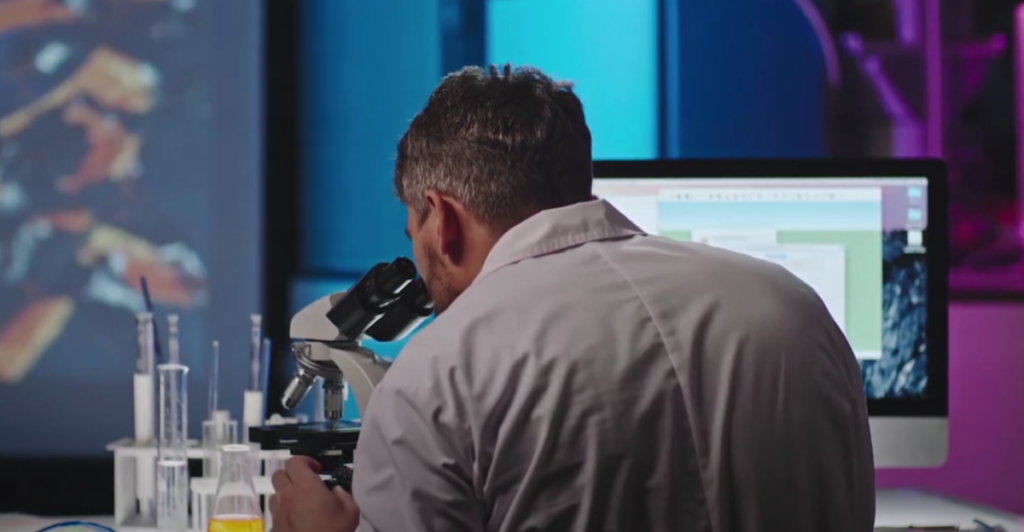
The future of de-extinction is promising but fraught with challenges. The recent breakthrough of successfully cultivating a thylacine embryo in a synthetic womb is only the starting point for what may be a long process.
To take the project further, scientists need to overcome hurdles such as full-term growth and successful release into suitable habitats. With continuing advances in technology, the artificial wombs and genetic engineering techniques used by scientists will be improved to make de-extinction more practical and achievable.
Eventually, it may be possible to bring back not just the thylacine, but other extinct animals such as the woolly mammoth or the saber-toothed tiger. However, ensuring that the ecological and moral implications are thoroughly explored is critical to ultimate success in these far-reaching endeavors.
Conclusion and Further Reading
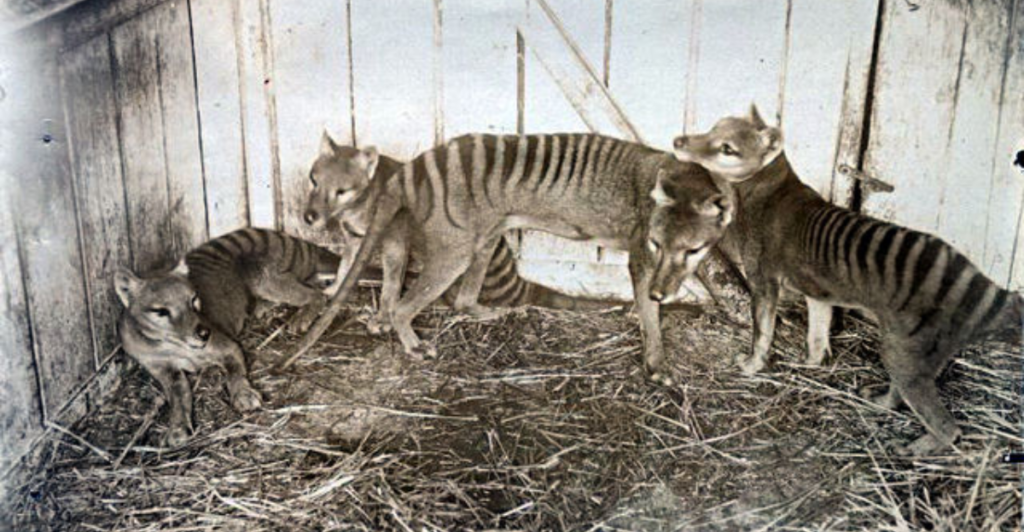
De-extinction of the Tasmanian tiger is a fascinating glimpse into the future of de-extinction, providing us with cause to think that extinction is not as irreversible as once thought.
The convergence of genetic engineering and artificial wombs is a revolutionary step forward in biotechnology, bringing us closer to reversing the harm of human-induced extinctions. This ambitious project must be weighed, however, with serious ethical and ecological concerns.
As researchers continue to attempt to bring de-extinction closer to reality, such efforts must be rigorously governed with particular heed to their influence upon both resurrected species and the environments within which they will live.
Explore more of our trending stories and hit Follow to keep them coming to your feed!

Don’t miss out on more stories like this! Hit the Follow button at the top of this article to stay updated with the latest news. Share your thoughts in the comments—we’d love to hear from you!



